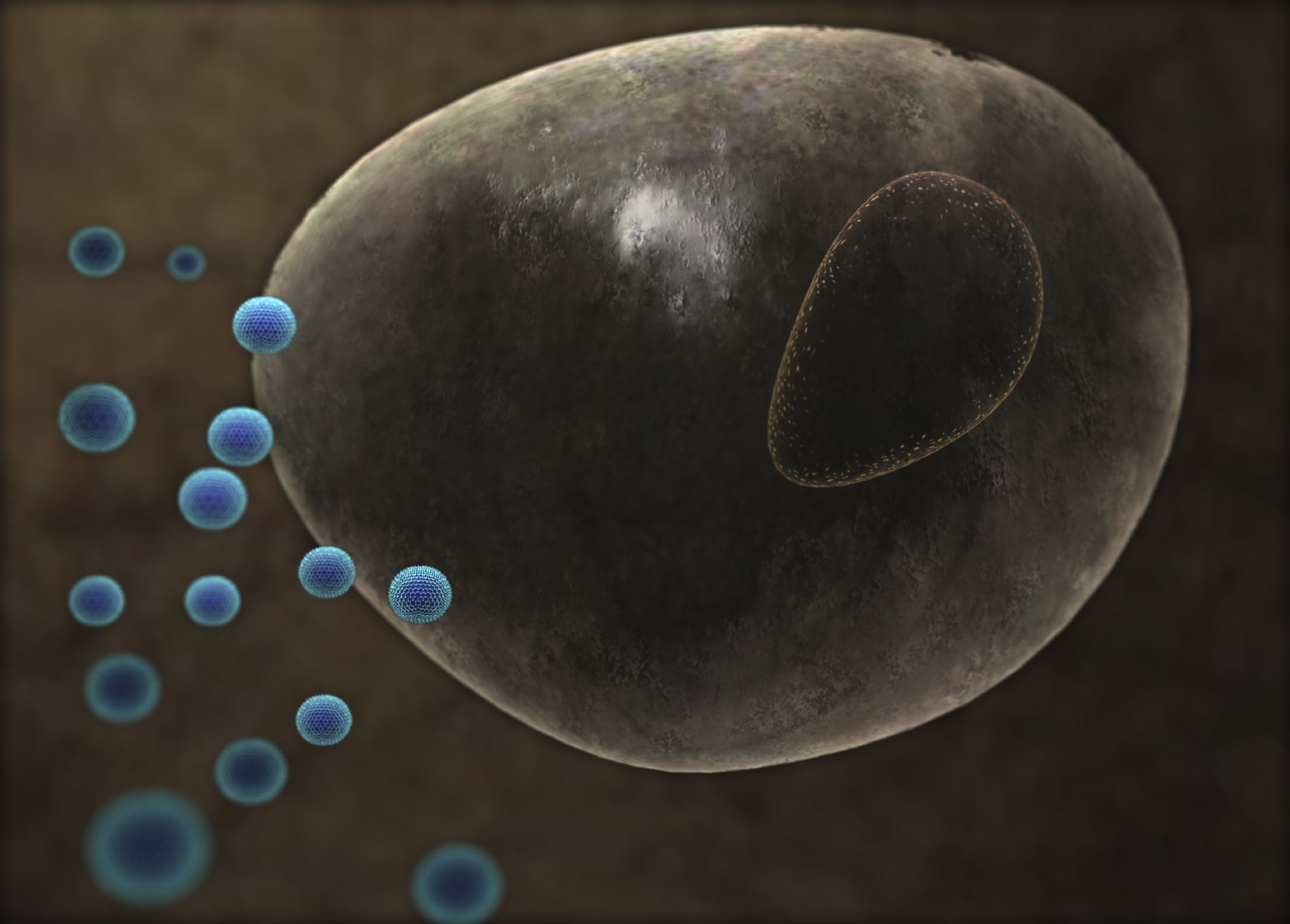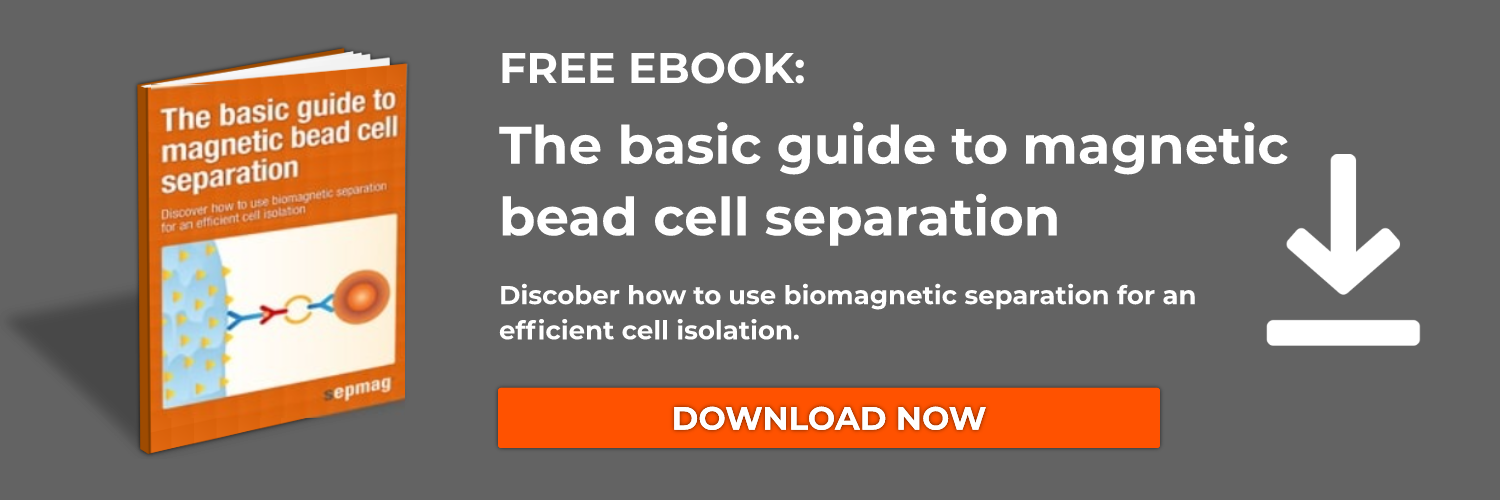A recent study published in “ACS Synthetic Biology” utilizes magnetic nanoparticles to facilitate gene therapy in tumor cells. The approach combines two effective cancer treatments – hyperthermia and gene therapy – to develop a remotely controlled magnetic switch capable of inducing gene expression. The result is significantly inhibited tumor growth in vivo.

A magnetic switch to control gene expression
Magnetite nanoparticles measuring 10 nm in diameter were coated with cationic liposomes. The coating targeted the particles to the cell surface and enhanced their uptake and accumulation. An alternating magnetic field (AMF) was applied, which caused heat generation by the magnetite particles.
In addition to labeling, cells were transfected with a heat shock-inducible plasmid (pHSP-TRE/TNF-α/IRES/tTA), which incorporated a positive feedback loop. Heat activation induced transcription of tumor necrosis factor-α (TNF-α), as well as Tet-responsive transcriptional activator (tTA) via an internal ribosomal entry site. The tTA served to activate a Tet-responsive element (TRE)/minimal cytomegalovirus promoter (PCMVmin) localized upstream of the TNF-α gene, augmenting the level of transcription.
The induction of heat via AMF application triggered the expression of TNF-α in cells labeled with magnetite nanoparticles. Thus, the dosage as well as the timing of the gene therapy could be remotely controlled.
In vitro and in vivo tests demonstrate therapeutic efficacy
The system was initially tested in vitro using pelleted A549 tumor cells. Temperature measurements showed an immediate temperature increase upon AMF application, which was maintained for a period of 30 minutes by adjustment of AMF electrical power. TNF-α levels, measured by ELISA, rose accordingly upon heat induction. Cytotoxic effects were seen in cells subjected to hyperthermia via AMF, and effects were significantly increased in TNF-α-expressing cells.
In vivo effects were observed in athymic mice with tumor xenografts. AMF-induced temperatures were maintained at 43 °C for 30 min. Temperature measurements and infrared thermography showed that heat generation was localized to tumor tissue labeled with magnetite nanoparticles. Tumor volume assessments at day 30 showed that growth was significantly arrested when subjected to hyperthermia-induced TNF-α expression (1.8 ± 0.2 cm3 for hyperthermia alone vs. 0.3 ± 0.1 cm3 for hyperthermia-induced TNF-α expression, on average).
The results demonstrate the efficacy of hyperthermia-induced targeted gene therapy in vivo.
The current study made use of a solenoid-type AMF generator. Scaling up, therefore, would be one obstacle faced when translating the protocol to the clinical setting. A recently developed device capable of heating a target outside the coil could potentially address this issue, but it is still in the clinical trial stage. Other possible drawbacks include potentially leaky tTA expression and limited clinical use of TNF-α in humans.
The nanoparticles utilized in this study were targeted to tumor cells via a cationic liposome coating. In general, tumor cells display a higher uptake of such particles. This level of uptake is not consistent, but differs among cell types. Alternative targeting systems, such as antibody-conjugated magnetoliposomes, were suggested.
The approach detailed in the study offers translatability to a number of applications. The results indicate that the strategy has therapeutic potential. The ability to access a cell’s functions remotely through manipulation of gene expression is a promising concept that could lead to the development of novel treatment strategies.
Related news:




